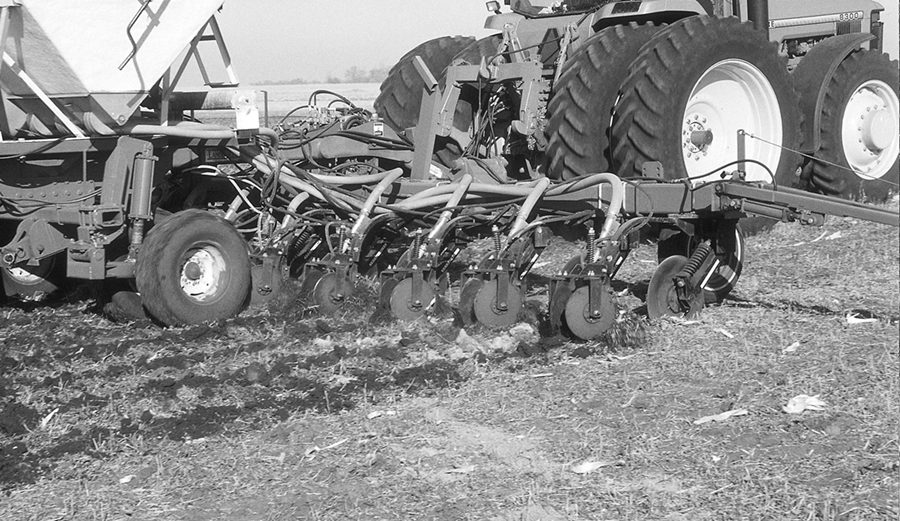No-Till Farmer
Get full access NOW to the most comprehensive, powerful and easy-to-use online resource for no-tillage practices. Just one good idea will pay for your subscription hundreds of times over.

Cold, wet soils during planting time have been a problem for farmers in the upper Midwest at some point during their career. For many, it seems to be an annual problem.
This is one of the reasons why many Northern farmers are slow to adapt alternative methods of farming, such as no-tilling. After all, conventional tilling warms and dries out the soil and helps ensure proper emergence and root growth.
However, now we’re learning that tilling the ground may be hurting it more than it’s helping. Fertilizers and pesticides are leaching and washing off into the ground water, vital carbon and organic matter is escaping into the atmosphere with every tillage trip and soil erosion is continually eating up the prime landscape.
So what’s the alternative? How about strip-tilling or zone tilling?
Two years of research conducted at the University of Minnesota shows strip- or zone tilling your fields might be the best alternative for farmers with problem fields, giving you the benefits of warming the soil when planting while conserving its resources at the same time.
University of Minnesota soil scientist Gyles Randall knew something had to be done. He spent years watching farmers in south central Minnesota till their poorly drained, clay-loam soils every spring only to see the soil wash away into ditches and rivers later in the season.
“One of the areas we don’t give enough thought to is protection of our soil resource,” says Randall, who is located at the Southern Experiment…